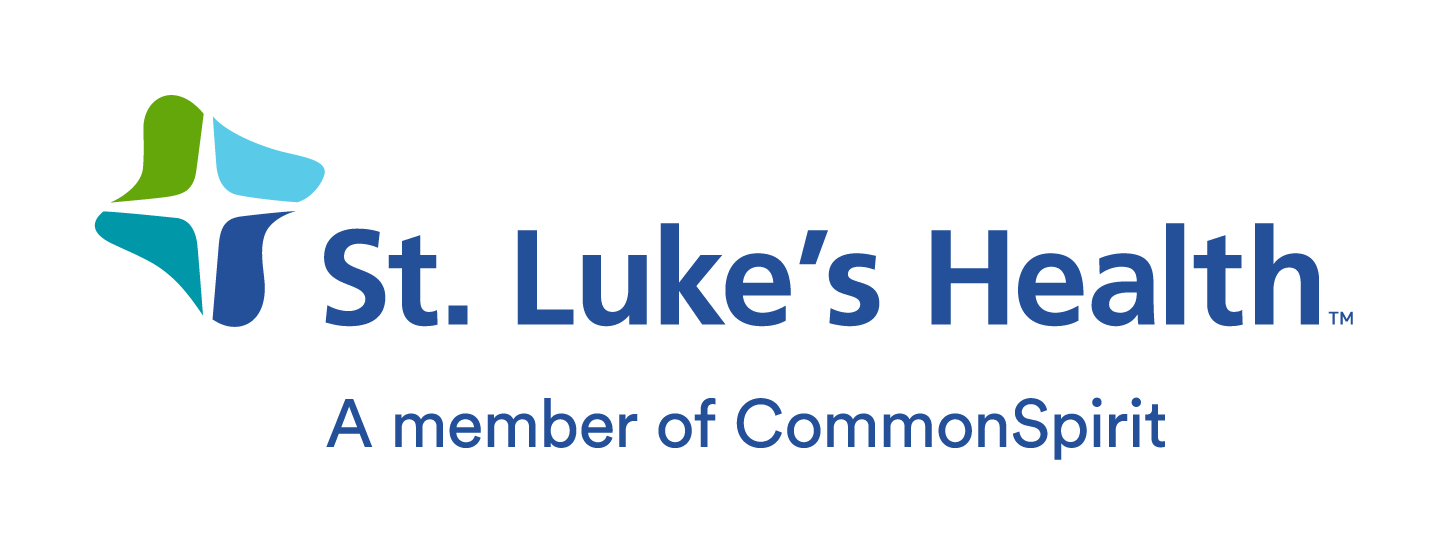HIIT, or high-intensity interval training, workouts are well-known for their short duration and impactful effects. They focus on bouts of intense exercise interspersed with periods of active recovery. But do you need to reach your maximum every time you work out to get results? Now it's time to bring LISS, or low-intensity sustained-state, activities into the spotlight.
What is a LISS workout?
A low-intensity sustained-state workout is any exercise that keeps your heart rate at a steady pace of about 50% of its maximum ability and lasts for an extended period (at least 30 minutes). You can get a general idea of your maximum heart rate by subtracting your age from 220 or through an online calculator.
Why should I consider a LISS workout?
If you're a beginner, starting a regimen packed with intense exercises can be intimidating and might even make you dread working out. Lower-intensity workouts are easier to complete and can be easier to stick with over time. They also tend to leave you less worn out at the end, meaning you're more likely to be able to maintain an active lifestyle throughout the day.
The low-impact nature of LISS workouts makes them great for people with joint pain or injuries. Regardless of your fitness level, participating solely in high-intensity workouts can lead to overuse injuries. Balancing LISS and HIIT workouts allows you to build muscle and stamina while enhancing your cardiovascular health.
However, be sure to speak with your doctor about a safe way to incorporate these workouts into your lifestyle.
How can I get started?
So you're ready to dive right in, but you're not quite sure where to start. Consider the following seven workouts, and find a few that work for you:
- Walking at a casual pace
- Light jogging
- Swimming laps
- Using an elliptical machine
- Slowly lifting weights
- Rowing at a steady pace
- Cycling at a casual pace
As you begin your low-intensity fitness journey, here are a couple of things to keep in mind:
- A heart rate monitor isn't needed. As you work out, you should break a light sweat but still be able to carry on a conversation.
- You'll need to increase your intensity as you build stamina. To continue to see results, you'll want to walk faster, pedal harder, or lift more weight as you get stronger.
- It may take time to see results. HIIT workouts burn a lot of calories in a short amount of time, and participating in LISS exercises won't build muscle at the same rate as completing their high-intensity counterparts. If you're looking for visible results, you'll need a little patience. But these exercises offer numerous internal health benefits.
Whether you're a beginner athlete or a seasoned pro, a Baylor St. Luke's Medical Group orthopedics or sports medicine physician can help you improve your game. Before starting any new fitness regimen, speak with your Baylor St. Luke's Medical Group primary care physician about tailoring it to fit your health needs.
Sources:
LiveStrong | Why LISS (Low Intensity Steady-State) Cardio Is the New Feel-Good Workout
LiveStrong | Are Slower Workouts the New Fitness Trend of 2017?
LiveStrong | What Is the Difference Between Aerobic & Anaerobic Exercise?
Health | What's the Difference Between LISS and HIIT Workouts?




